Home>Gardening & Outdoor>Landscaping Ideas>Why Did My St. Augustine Grass Die
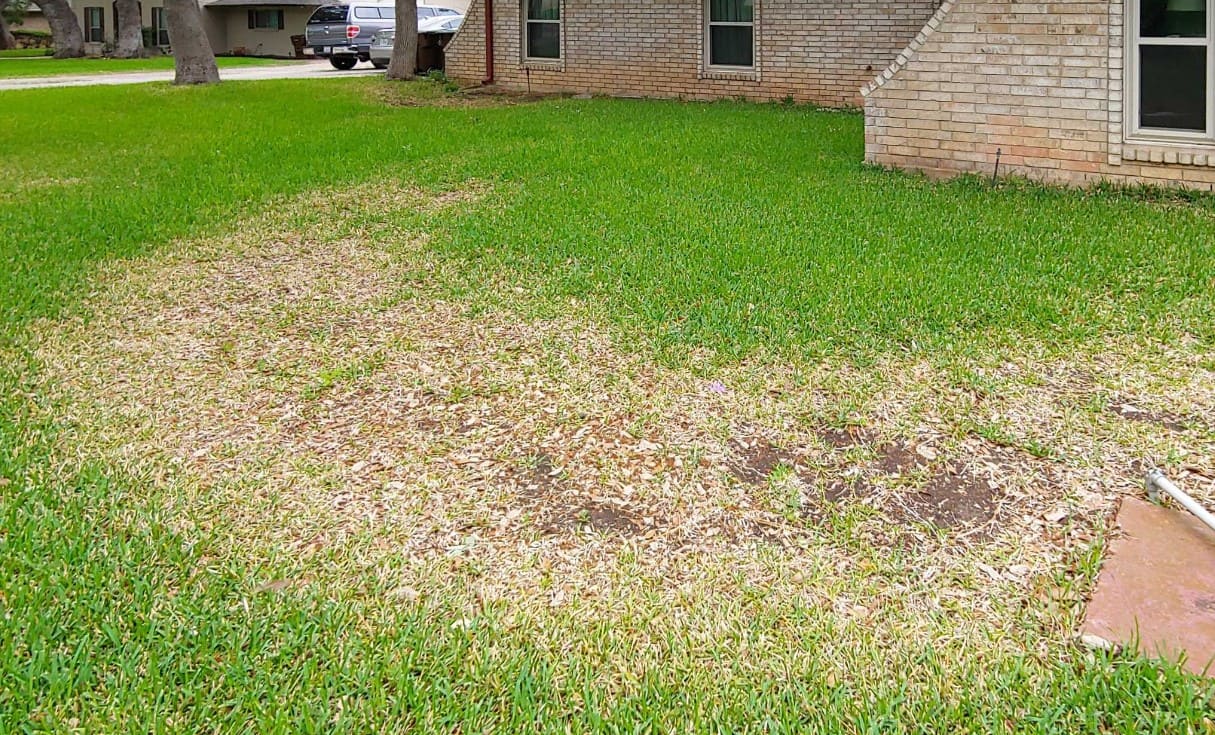

Landscaping Ideas
Why Did My St. Augustine Grass Die
Modified: February 18, 2024
Discover the best landscaping ideas to revive your St. Augustine grass and prevent it from dying. Get expert tips and advice to maintain a healthy, vibrant lawn.
(Many of the links in this article redirect to a specific reviewed product. Your purchase of these products through affiliate links helps to generate commission for Storables.com, at no extra cost. Learn more)
**
Introduction
**
If you've ever gazed upon your lawn and noticed patches of St. Augustine grass that have mysteriously perished, you're not alone. The demise of St. Augustine grass can be a perplexing and disheartening experience for many homeowners. This resilient and lush grass variety is prized for its ability to thrive in warm climates and its impressive tolerance to shade. However, despite its robust nature, St. Augustine grass is susceptible to a range of environmental stressors, pests, diseases, and maintenance issues that can lead to its untimely demise.
In this comprehensive guide, we'll delve into the world of St. Augustine grass, exploring the common causes of its decline and providing valuable insights into how you can prevent and address these issues. Whether you're a seasoned lawn enthusiast or a newcomer to the realm of turf care, understanding the factors that contribute to St. Augustine grass death is crucial for maintaining a verdant and inviting lawn. So, let's embark on a journey to unravel the mysteries behind the fading greenery and discover the secrets to nurturing thriving St. Augustine grass.
**
Key Takeaways:
- St. Augustine grass can die due to extreme heat, lack of water, pests, and improper care. Homeowners can protect their lawn by managing environmental stress, controlling pests, and maintaining the grass properly.
- To keep St. Augustine grass healthy, homeowners should water it correctly, watch for pests and diseases, and maintain the lawn well. Seeking professional help and personalized care can also ensure a thriving lawn.
Read more: Why Did My Grass Die
Understanding St. Augustine Grass
**
Before delving into the potential reasons for the demise of St. Augustine grass, it's essential to grasp the fundamental characteristics and requirements of this popular turfgrass variety. St. Augustine grass (Stenotaphrum secundatum) is celebrated for its lush, dense growth and vibrant green hue, making it a sought-after choice for lawns in warm and humid regions. Its excellent shade tolerance sets it apart from other warm-season grasses, allowing it to thrive in partially shaded areas where other varieties may struggle.
St. Augustine grass exhibits a rapid growth rate and possesses robust above-ground runners, known as stolons, which enable it to spread and establish a thick carpet of turf. This growth habit contributes to its ability to quickly recover from damage and fill in bare patches, making it an appealing option for homeowners seeking a resilient and visually appealing lawn.
However, despite its many virtues, St. Augustine grass is not without vulnerabilities. Understanding its specific needs and susceptibilities is paramount for cultivating a healthy and flourishing lawn. Whether it's the ideal mowing height, the significance of adequate water, or the challenges it faces in the face of environmental stressors, comprehending the intricacies of St. Augustine grass is pivotal for its long-term vitality.
By familiarizing ourselves with the unique attributes of this beloved turfgrass, we can gain valuable insights into the factors that contribute to its decline and, in turn, implement targeted strategies to foster its resilience and longevity. With this foundational knowledge in place, we can now explore the common causes of St. Augustine grass death and equip ourselves with the tools to address and prevent these issues effectively.
**
Common Causes of St. Augustine Grass Death
**
The demise of St. Augustine grass can be attributed to a multitude of factors, encompassing environmental stressors, pest and disease infestations, and improper maintenance practices. Identifying the specific causes of its decline is pivotal for implementing targeted solutions and preventive measures. Let's explore the primary culprits behind the death of St. Augustine grass and gain a deeper understanding of the challenges it faces.
Environmental Factors
St. Augustine grass is sensitive to environmental stress, particularly in the face of extreme heat, prolonged drought, or inadequate sunlight. Insufficient water, poor soil drainage, and compacted soil can also contribute to its decline, leading to wilting, browning, and ultimately, the death of the turfgrass.
Pest and Disease Issues
Common pests, such as chinch bugs, armyworms, and sod webworms, pose significant threats to St. Augustine grass. These voracious invaders can cause extensive damage to the turf, resulting in thinning, yellowing, and the formation of unsightly brown patches. Additionally, fungal diseases, including brown patch and gray leaf spot, can wreak havoc on St. Augustine grass, causing widespread deterioration and, in severe cases, death.
Improper Maintenance
Inadequate or excessive fertilization, improper mowing practices, and neglecting essential cultural care can all contribute to the demise of St. Augustine grass. Overfertilization can lead to excessive shoot growth and weaken the turf's resilience, while neglecting to mow at the appropriate height can stress the grass and impede its ability to thrive.
By recognizing these common causes of St. Augustine grass death, we can take proactive steps to mitigate these challenges and safeguard the health and vibrancy of our lawns. In the subsequent sections, we will delve into actionable solutions and preventive measures to address these issues effectively and nurture thriving St. Augustine grass.
Common Causes of St. Augustine Grass Death
Environmental Factors
St. Augustine grass, renowned for its lush and vibrant appearance, is susceptible to a range of environmental stressors that can lead to its decline and eventual demise. Understanding the impact of these factors is crucial for maintaining a healthy and resilient lawn. Let's explore the environmental influences that can contribute to the death of St. Augustine grass.
1. Temperature Extremes: St. Augustine grass thrives in warm climates but can struggle in the face of extreme heat. Prolonged exposure to scorching temperatures can cause the grass to wilt, turn brown, and ultimately perish. Additionally, sudden fluctuations in temperature, especially during transitional seasons, can stress the grass and impede its growth.
2. Drought and Water Stress: Insufficient water is a common culprit in the demise of St. Augustine grass. Prolonged drought conditions can cause the turf to wilt, lose its vibrant green color, and eventually succumb to desiccation. Inadequate irrigation practices, such as infrequent or shallow watering, can exacerbate water stress, leading to patchy and withered areas in the lawn.
3. Shade and Sunlight Requirements: While St. Augustine grass is celebrated for its shade tolerance, it still requires a moderate amount of sunlight to thrive. Inadequate sunlight in densely shaded areas can hinder the grass's ability to photosynthesize and produce energy, resulting in weakened growth and eventual decline.
4. Soil Conditions: The health of St. Augustine grass is intricately linked to soil quality and drainage. Compacted soil, poor drainage, and soil with unfavorable pH levels can impede root growth and nutrient uptake, leading to stunted and unhealthy turf.
5. Environmental Pollution: Exposure to environmental pollutants, such as chemical runoff, air pollution, and other contaminants, can adversely affect the health of St. Augustine grass, causing discoloration, leaf burn, and overall deterioration.
By recognizing the impact of these environmental factors, homeowners can implement targeted strategies to mitigate their effects and foster the resilience of St. Augustine grass. In the subsequent sections, we will explore actionable solutions and preventive measures to address these environmental challenges and nurture thriving turfgrass.
Common Causes of St. Augustine Grass Death
Pest and Disease Issues
St. Augustine grass, revered for its lush and resilient nature, is vulnerable to a host of pests and diseases that can ravage its vitality and lead to its untimely demise. Understanding these potential threats is essential for safeguarding the health of your lawn. Let’s delve into the prevalent pest and disease issues that can contribute to the death of St. Augustine grass.
1. Chinch Bugs: These tiny, insidious pests can wreak havoc on St. Augustine grass, sucking sap from the blades and injecting toxins that cause the turf to yellow, wither, and ultimately die. Chinch bug infestations often result in irregular patches of damaged grass, signaling their destructive presence.
2. Armyworms and Sod Webworms: The voracious appetite of armyworms and sod webworms can decimate St. Augustine grass, leading to extensive defoliation and the formation of unsightly brown patches. These pests can rapidly consume large areas of turf, leaving behind weakened and struggling grass.
3. Fungal Diseases: St. Augustine grass is susceptible to various fungal infections, including brown patch and gray leaf spot. These diseases manifest as discolored, water-soaked lesions on the grass blades, eventually leading to widespread browning, thinning, and the death of the turf if left unaddressed.
4. Insect Infestations: Beyond chinch bugs, armyworms, and sod webworms, St. Augustine grass can fall victim to a range of other insect pests, such as grubs and mole crickets, which can cause extensive damage to the turf if their populations are left unchecked.
5. Weeds and Invasive Plants: The encroachment of weeds and invasive plants can compete with St. Augustine grass for essential resources, including water, sunlight, and nutrients, leading to weakened growth and the gradual demise of the turf.
By recognizing the threats posed by these pests and diseases, homeowners can proactively implement measures to monitor, control, and prevent infestations, thereby preserving the health and vibrancy of their St. Augustine grass. In the subsequent sections, we will explore actionable solutions and preventive measures to combat these pervasive challenges and nurture thriving turfgrass.
Common Causes of St. Augustine Grass Death
Improper Maintenance
While St. Augustine grass possesses inherent resilience, its longevity and vitality can be compromised by a range of maintenance-related factors. From fertilization to mowing practices, understanding the impact of these maintenance issues is pivotal for preserving the health and lush appearance of your lawn. Let’s explore the common pitfalls of improper maintenance that can contribute to the demise of St. Augustine grass.
1. Inadequate or Excessive Fertilization: Improper fertilization practices can have detrimental effects on St. Augustine grass. Insufficient fertilization can lead to nutrient deficiencies, stunted growth, and a weakened turf, while excessive fertilization can result in rapid shoot growth, increased susceptibility to pests and diseases, and overall stress on the grass.
2. Improper Mowing Height and Frequency: Mowing St. Augustine grass at an incorrect height or frequency can impede its ability to thrive. Mowing too low can stress the grass and hinder its capacity to photosynthesize, while infrequent mowing can lead to overgrown turf, inhibiting air circulation and promoting thatch accumulation.
3. Neglecting Essential Cultural Care: Failure to address essential cultural care practices, such as aeration, dethatching, and proper irrigation, can compromise the health of St. Augustine grass. Inadequate aeration and dethatching can impede root development and nutrient uptake, while improper irrigation practices can result in water stress and patchy growth.
4. Ignoring Soil Health: Neglecting soil testing and amendments can lead to suboptimal soil conditions for St. Augustine grass. Unfavorable pH levels, poor drainage, and compacted soil can hinder the grass’s ability to thrive, leading to stunted growth and susceptibility to environmental stressors.
5. Overlooking Pest and Disease Management: Failure to monitor and address pest and disease issues in a timely manner can exacerbate the decline of St. Augustine grass. Ignoring signs of infestations and infections can allow these issues to escalate, leading to widespread damage and the potential death of the turf.
By recognizing the impact of these maintenance-related challenges, homeowners can proactively implement strategies to optimize their lawn care practices, thereby nurturing the resilience and longevity of their St. Augustine grass. In the subsequent sections, we will explore actionable solutions and preventive measures to address these maintenance issues effectively and foster thriving turfgrass.
Common Causes of St. Augustine Grass Death
Solutions and Prevention
Addressing the common causes of St. Augustine grass death requires a multifaceted approach that encompasses proactive solutions and preventive measures. By implementing targeted strategies, homeowners can mitigate the impact of environmental stressors, combat pest and disease issues, and optimize their maintenance practices to foster the resilience and vitality of their turfgrass. Let’s explore actionable solutions and preventive measures to safeguard the health and longevity of St. Augustine grass.
1. Environmental Management: To mitigate the impact of environmental stressors, homeowners can implement practices such as proper irrigation, ensuring adequate water without overwatering, and promoting healthy soil drainage. Additionally, strategic lawn care routines, including appropriate mowing heights and soil testing for pH and nutrient levels, can optimize the growing conditions for St. Augustine grass.
2. Pest and Disease Control: Regular monitoring for signs of pest infestations and disease outbreaks is crucial for early intervention. Implementing integrated pest management practices and utilizing targeted control methods, such as natural predators for pests and selective fungicides for diseases, can effectively manage these threats while minimizing environmental impact.
3. Optimal Maintenance Practices: By adhering to recommended fertilization schedules, mowing at the appropriate height, and incorporating essential cultural care practices, such as aeration and dethatching, homeowners can promote the overall health and resilience of St. Augustine grass. Additionally, proactive soil testing and amendments can optimize soil conditions for robust turf growth.
4. Vigilant Weed Management: Regularly inspecting the lawn for invasive weeds and promptly addressing their presence can prevent competition for essential resources and support the vigor of St. Augustine grass. Utilizing targeted herbicides and employing manual removal techniques can effectively manage weed encroachment.
5. Professional Lawn Care Services: Engaging the expertise of professional lawn care services can provide homeowners with specialized knowledge and resources to address the unique challenges faced by St. Augustine grass. From tailored pest and disease management to customized maintenance plans, professional assistance can bolster the health and longevity of the turf.
By integrating these solutions and preventive measures into their lawn care routines, homeowners can nurture thriving St. Augustine grass, fostering a verdant and inviting outdoor space for relaxation and recreation. In the subsequent sections, we will delve into additional insights and best practices for maintaining the health and vibrancy of St. Augustine grass, empowering homeowners with the knowledge to cultivate a resilient and enduring lawn.
Conclusion
As we conclude our exploration of the common causes of St. Augustine grass death, it becomes evident that nurturing a healthy and vibrant lawn requires a comprehensive understanding of the challenges that can compromise its resilience. From environmental stressors to pest and disease issues, and from maintenance pitfalls to proactive solutions, the vitality of St. Augustine grass hinges on proactive care and targeted interventions.
By recognizing the impact of temperature extremes, water stress, pest infestations, and improper maintenance practices, homeowners can equip themselves with the knowledge to address these challenges effectively. Implementing strategic environmental management, vigilant pest and disease control, optimal maintenance practices, and proactive weed management can collectively safeguard the health and longevity of St. Augustine grass.
Furthermore, fostering a thriving lawn often necessitates a tailored approach, considering the unique growing conditions and environmental dynamics specific to each homeowner’s landscape. Whether it’s enlisting professional lawn care services or embracing personalized lawn care routines, the commitment to nurturing St. Augustine grass is a testament to the desire for a lush and inviting outdoor sanctuary.
As stewards of our lawns, we hold the power to cultivate verdant expanses of St. Augustine grass, where vibrant greenery flourishes and resilient turf thrives. By integrating the insights and best practices shared in this guide, homeowners can embark on a journey to preserve the health and beauty of their lawns, creating a welcoming backdrop for leisure, recreation, and cherished moments with loved ones.
Ultimately, the pursuit of a flourishing lawn is a testament to the enduring connection between nature and nurture, where the care and attention invested in cultivating St. Augustine grass yield a tapestry of greenery that enriches our outdoor environments and elevates the essence of home.
With our newfound understanding and commitment to proactive lawn care, we embark on a collective journey to nurture thriving St. Augustine grass, celebrating the resilience and beauty of this beloved turfgrass variety.
Frequently Asked Questions about Why Did My St. Augustine Grass Die
Was this page helpful?
At Storables.com, we guarantee accurate and reliable information. Our content, validated by Expert Board Contributors, is crafted following stringent Editorial Policies. We're committed to providing you with well-researched, expert-backed insights for all your informational needs.
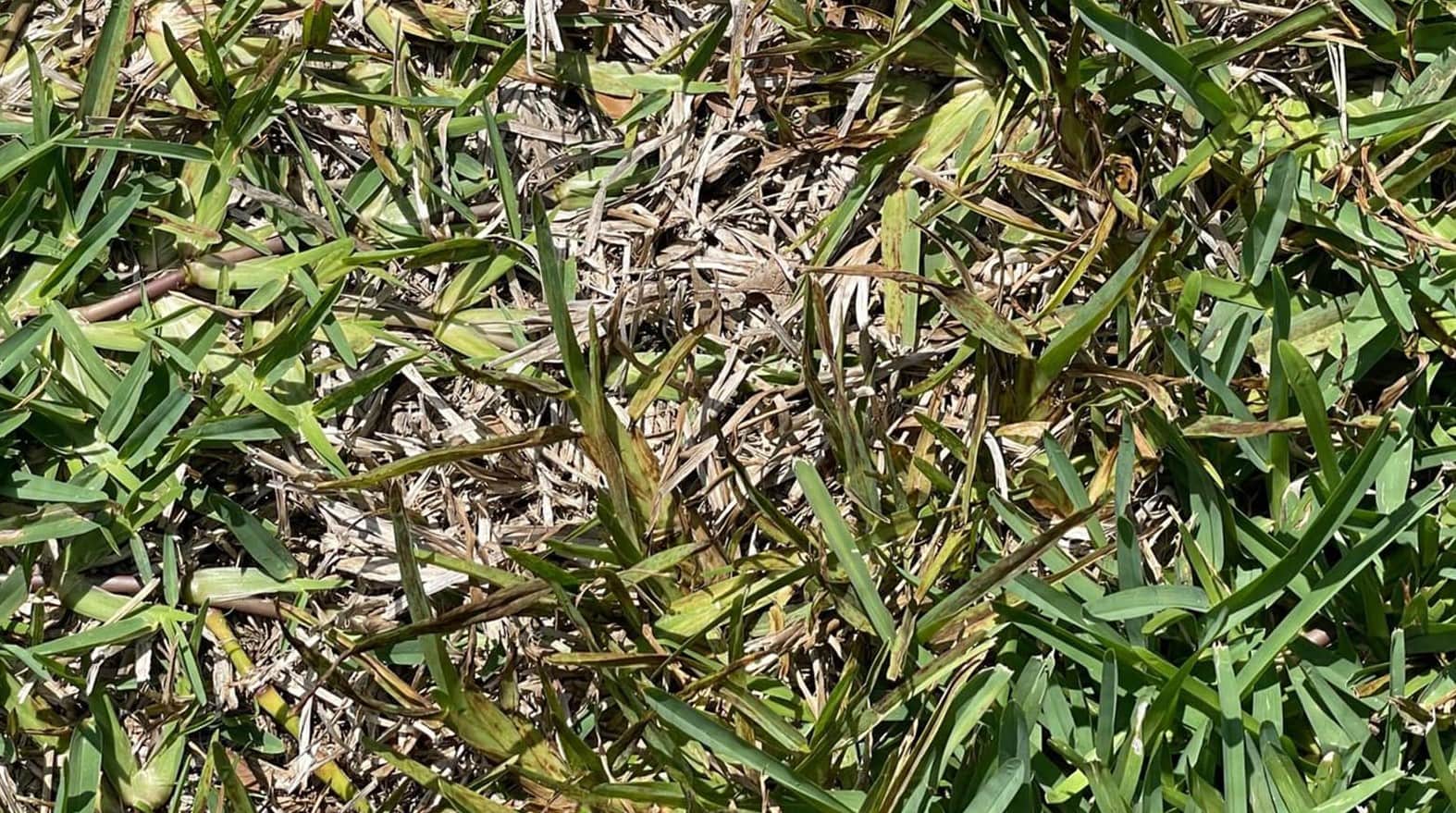
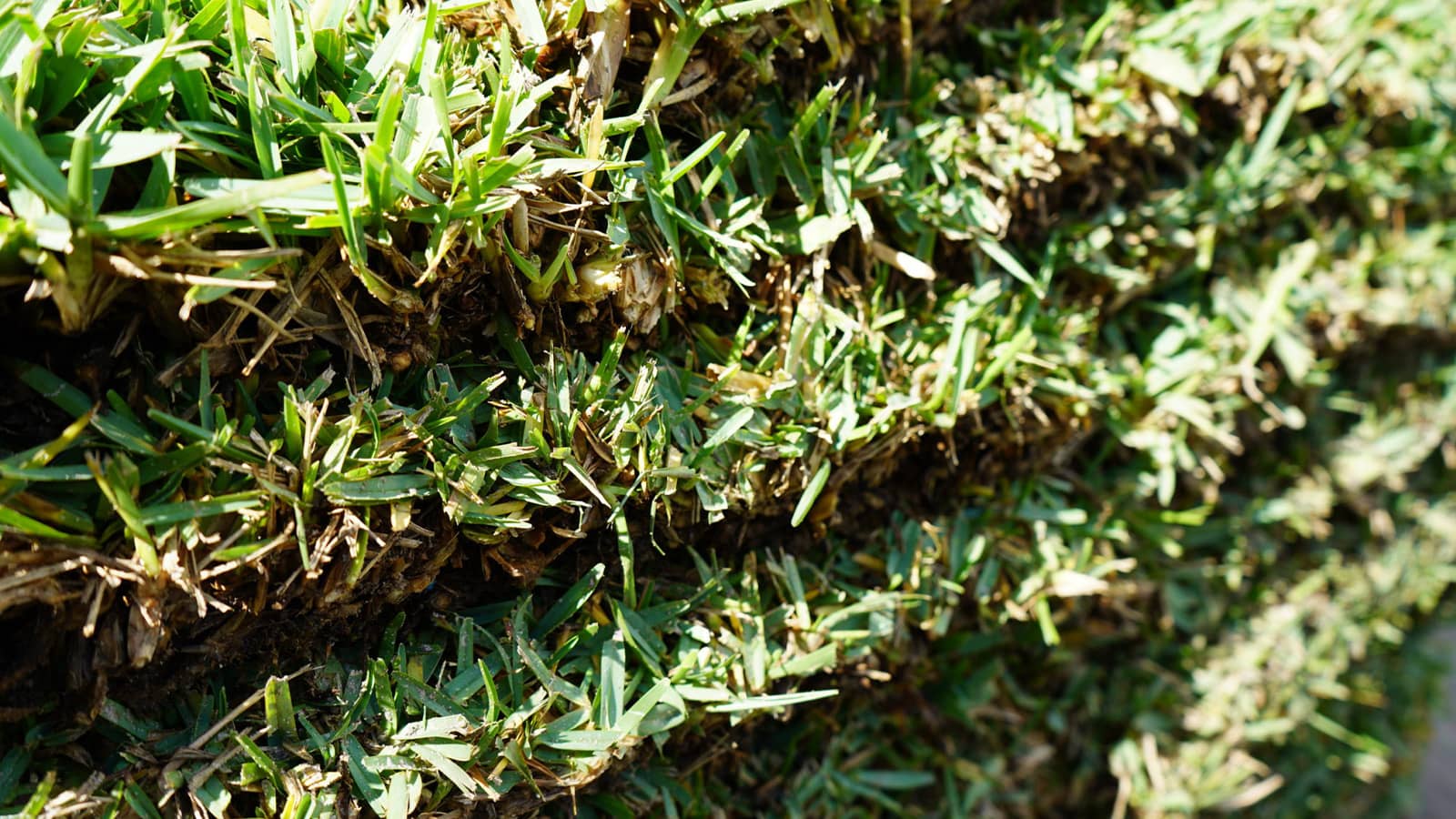
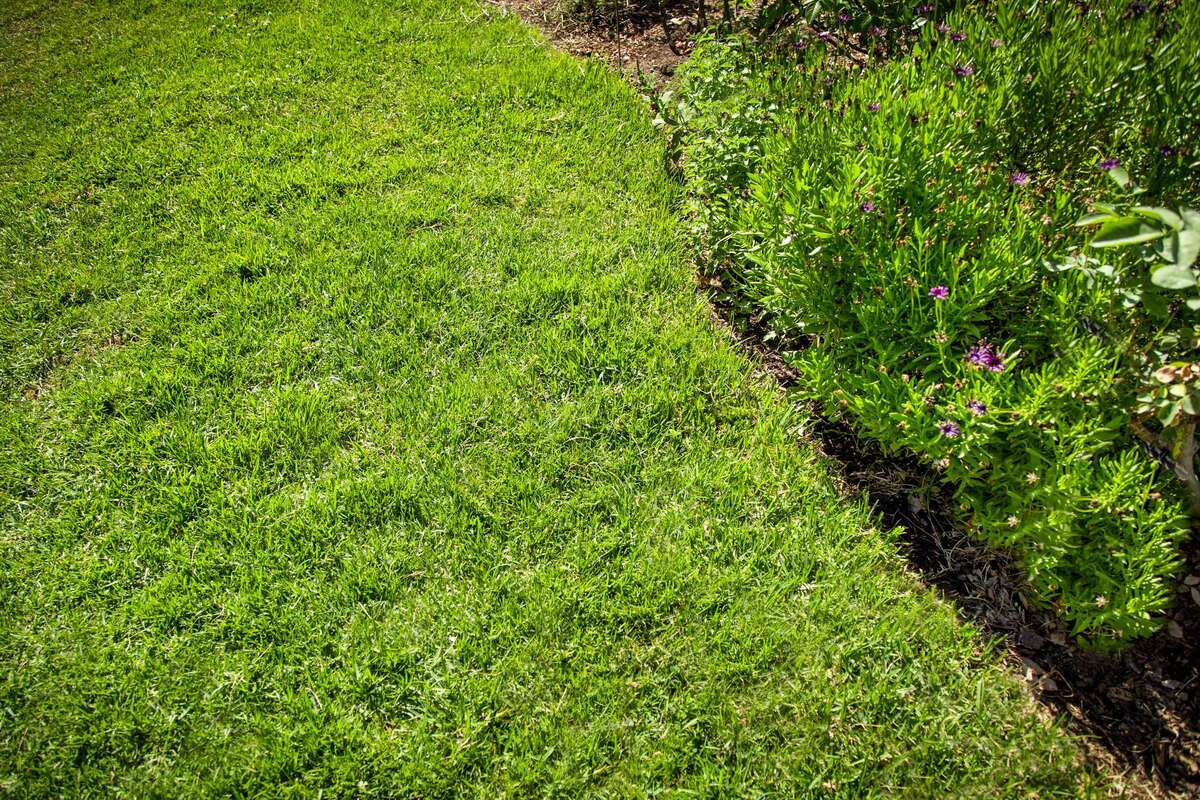
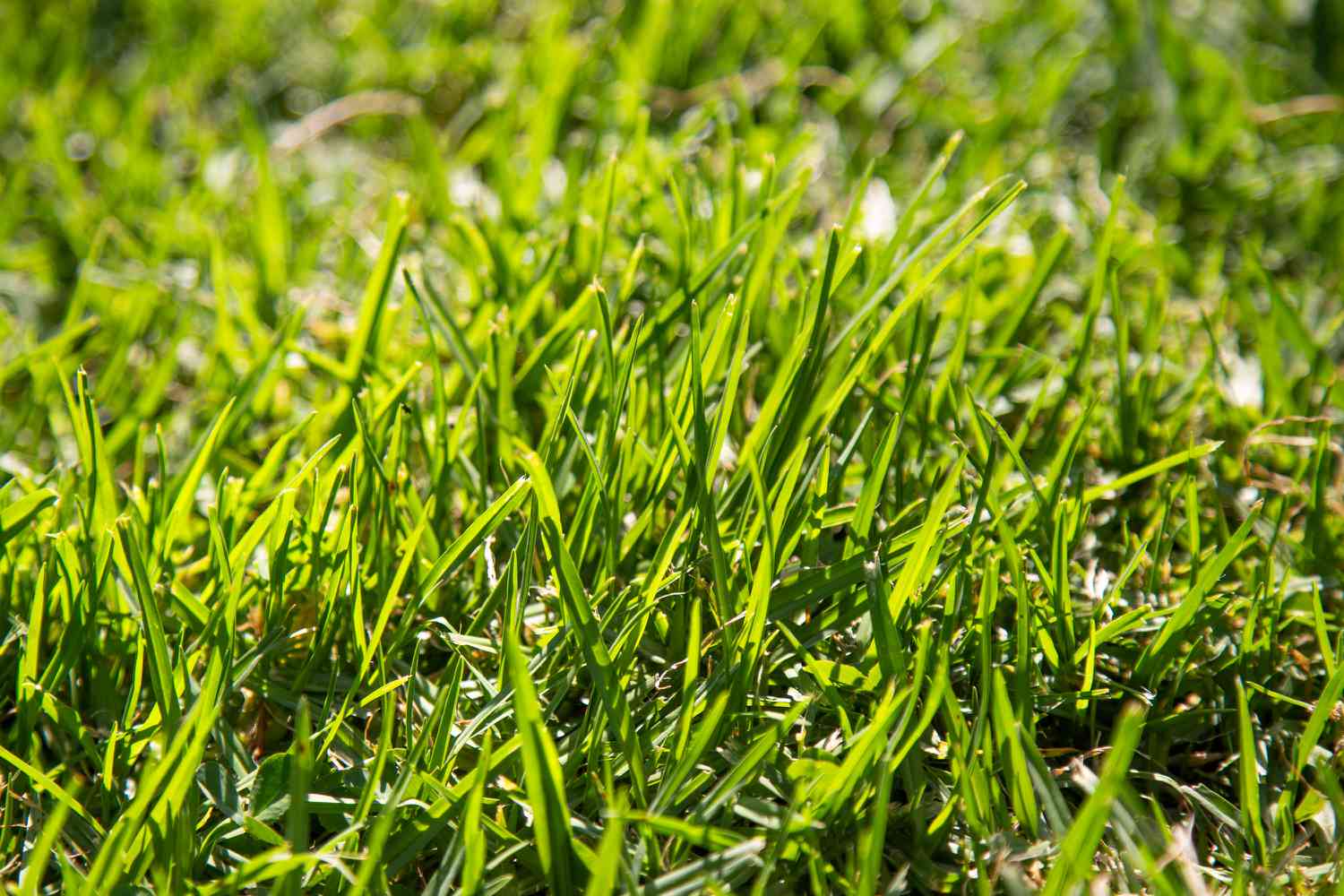
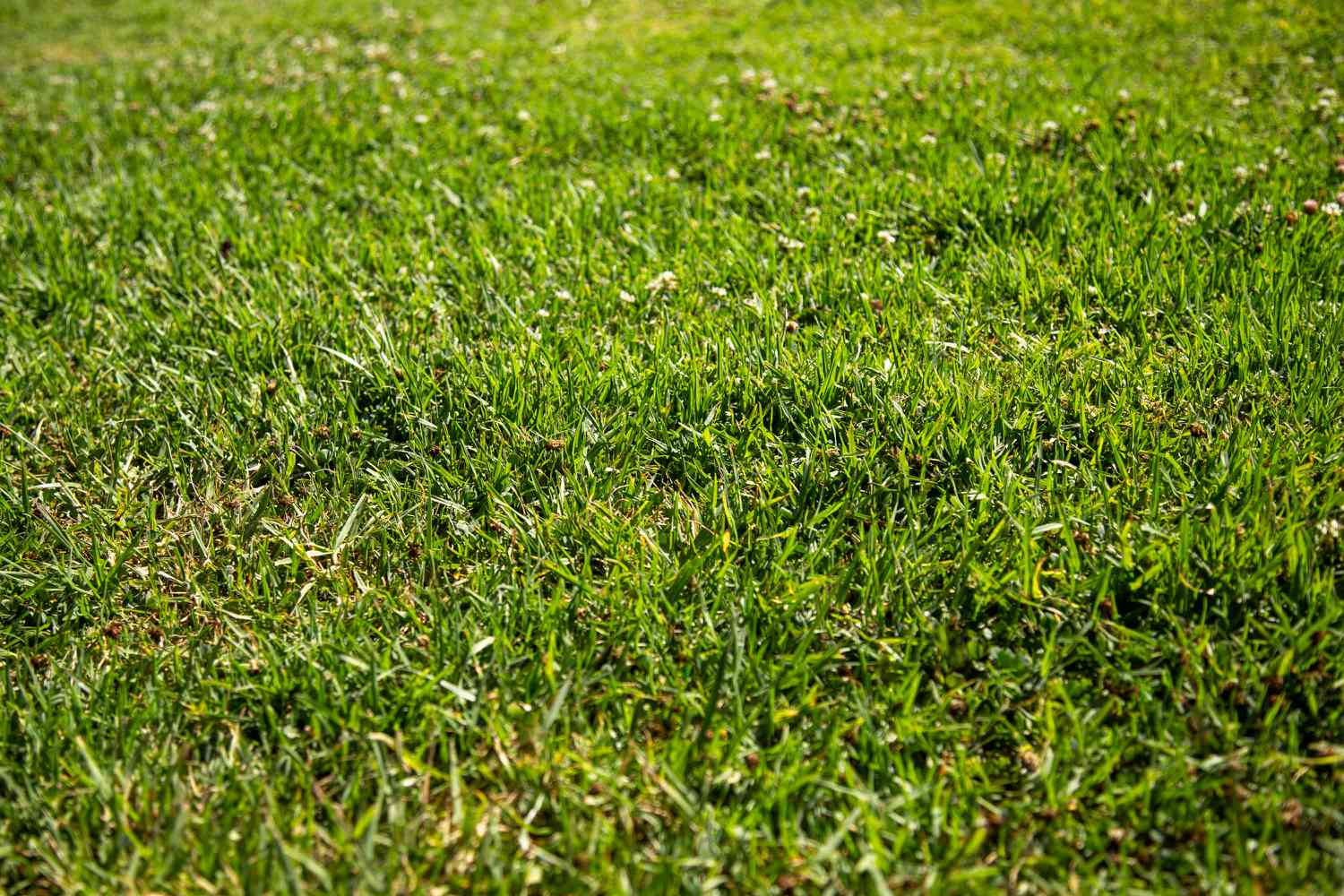
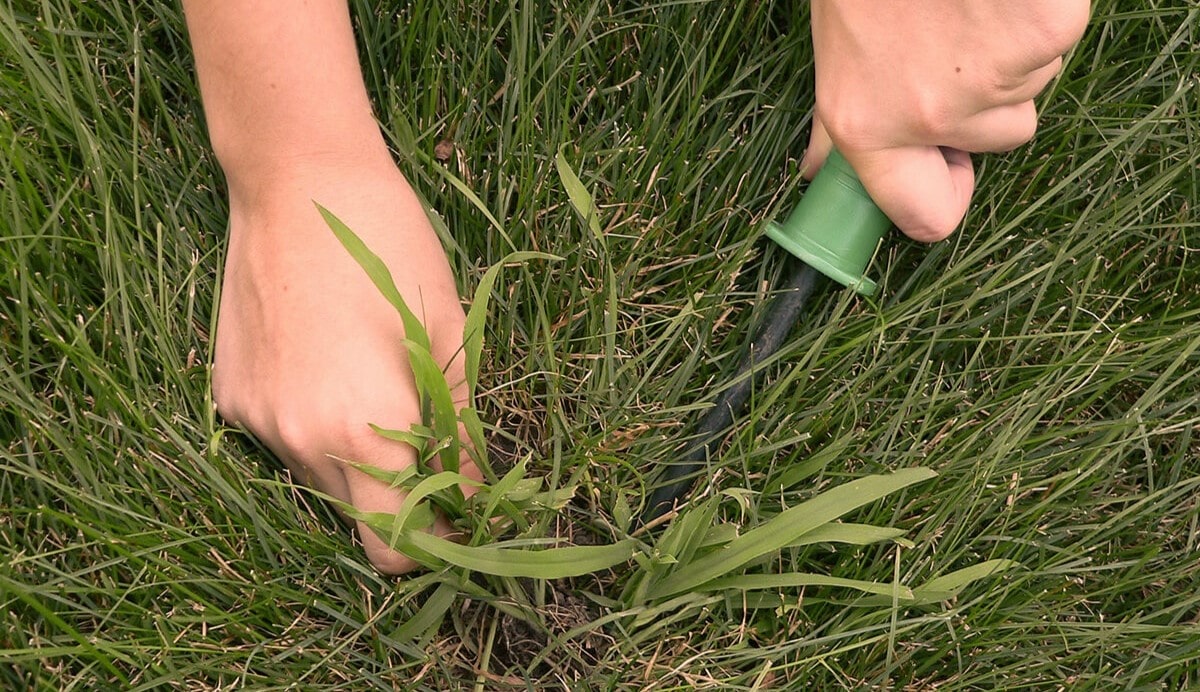
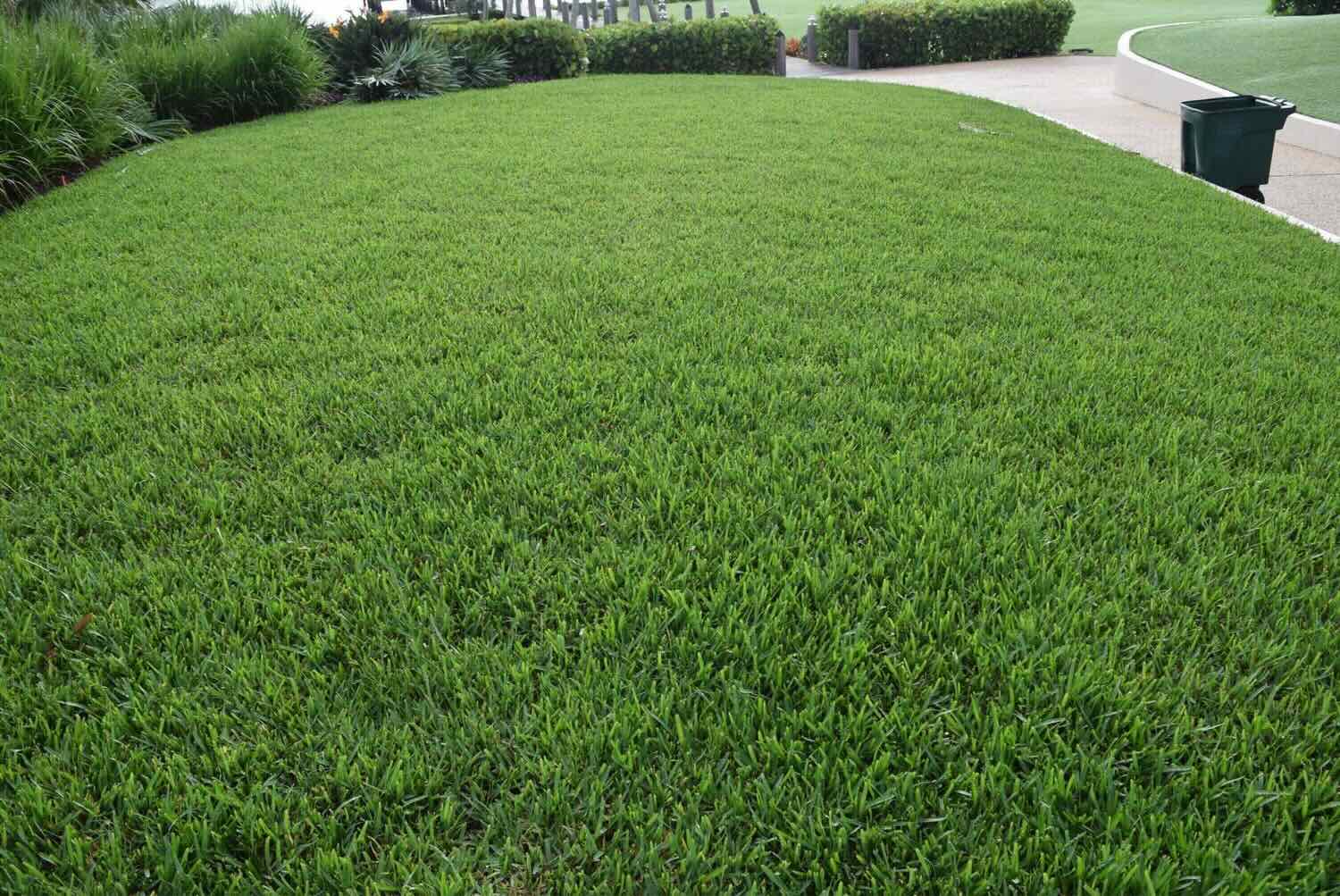
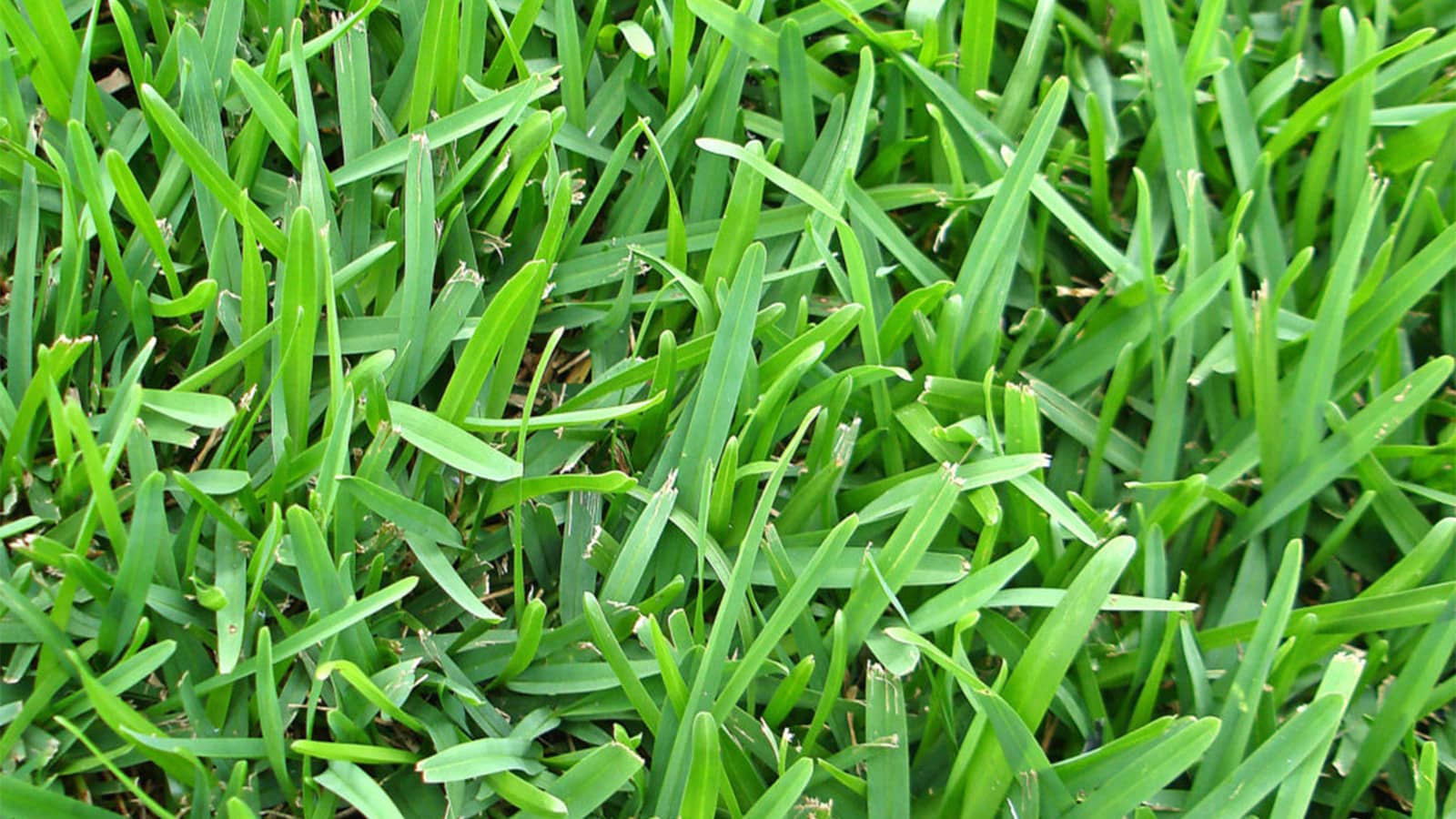
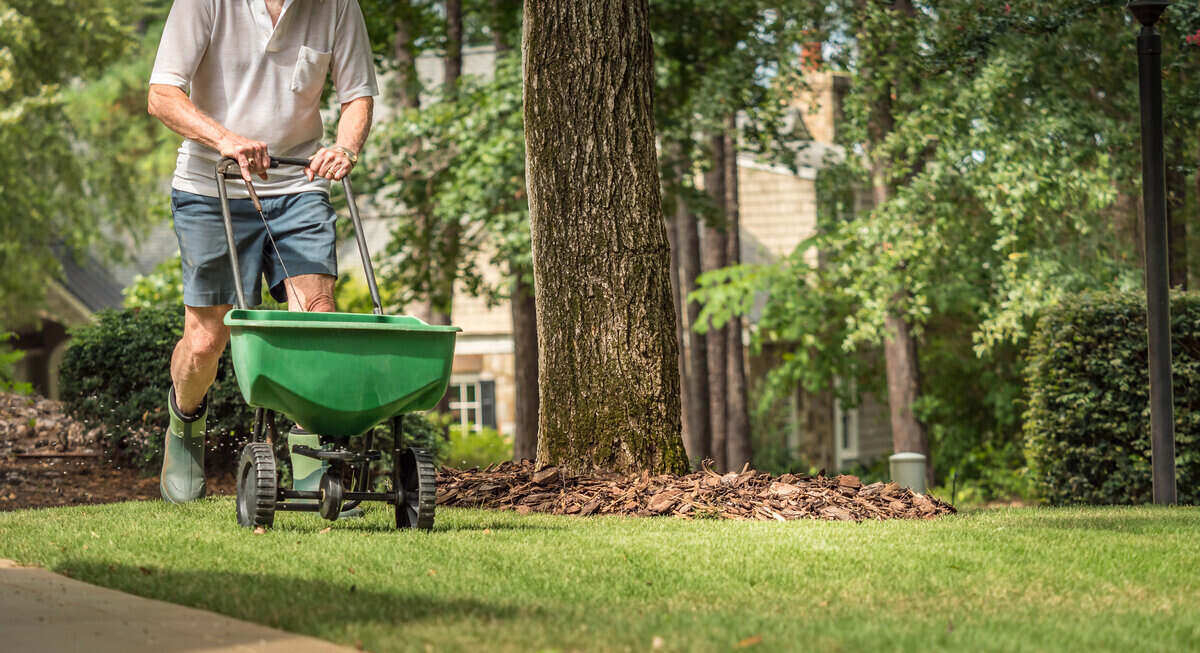
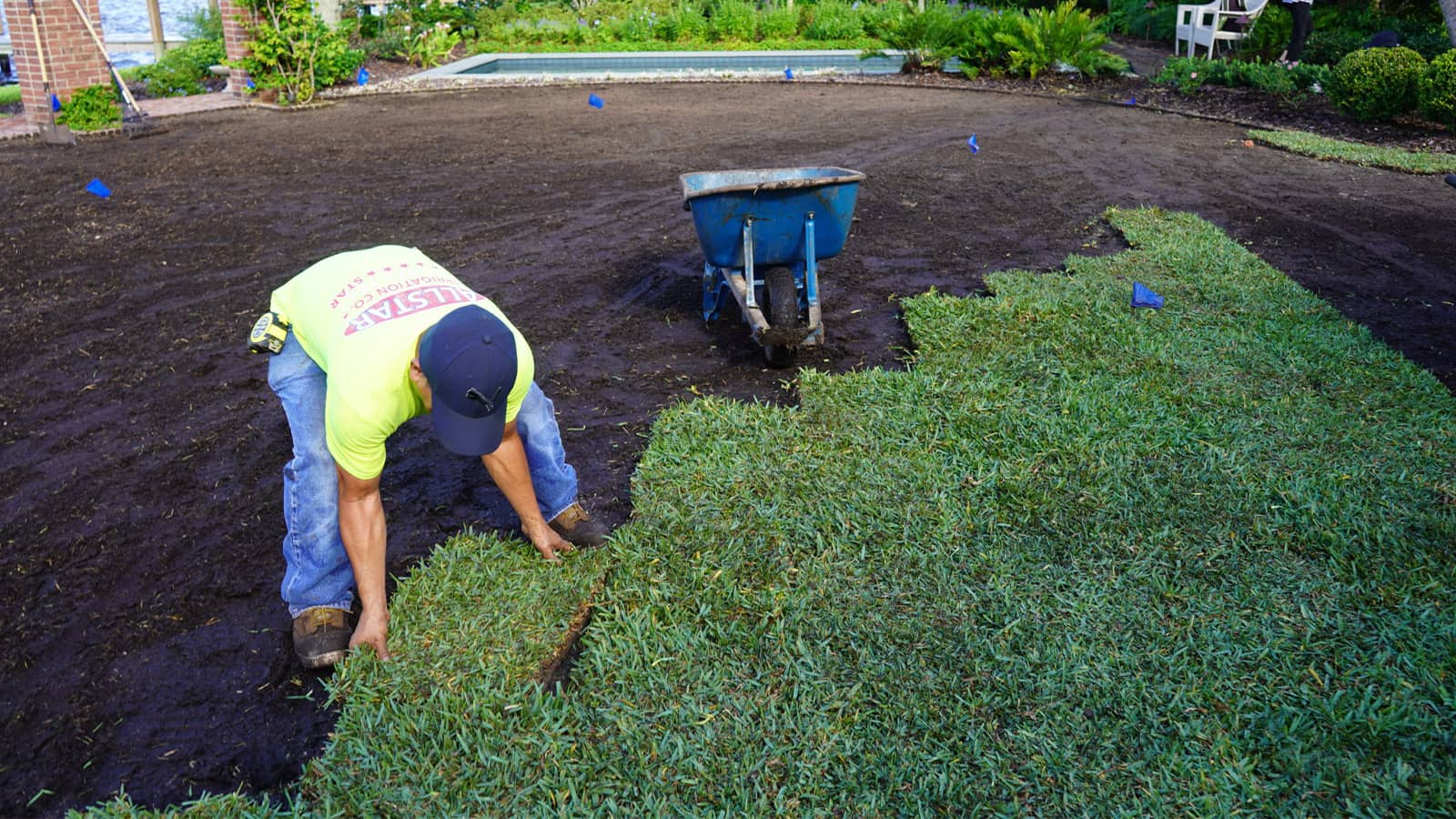
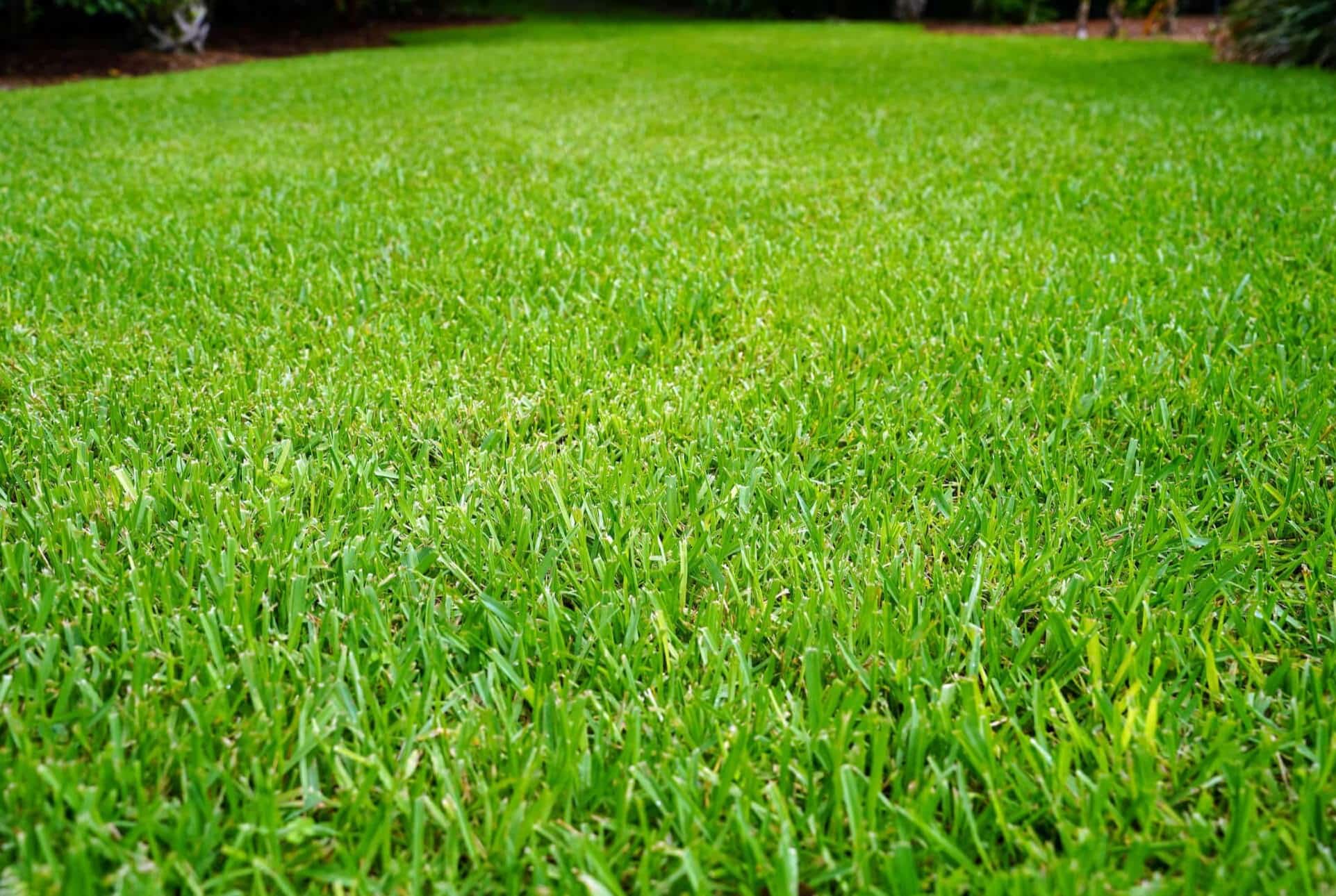
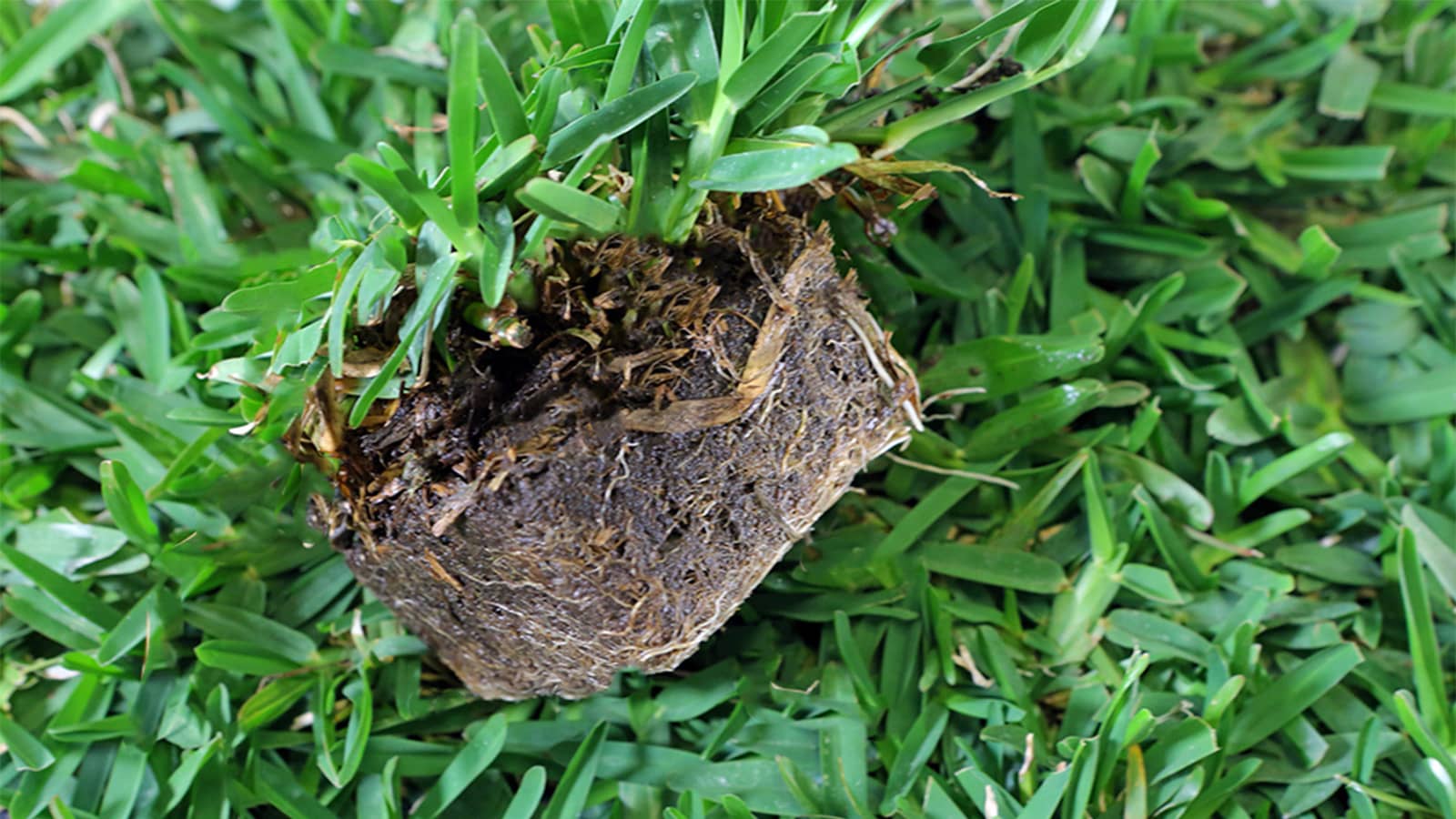
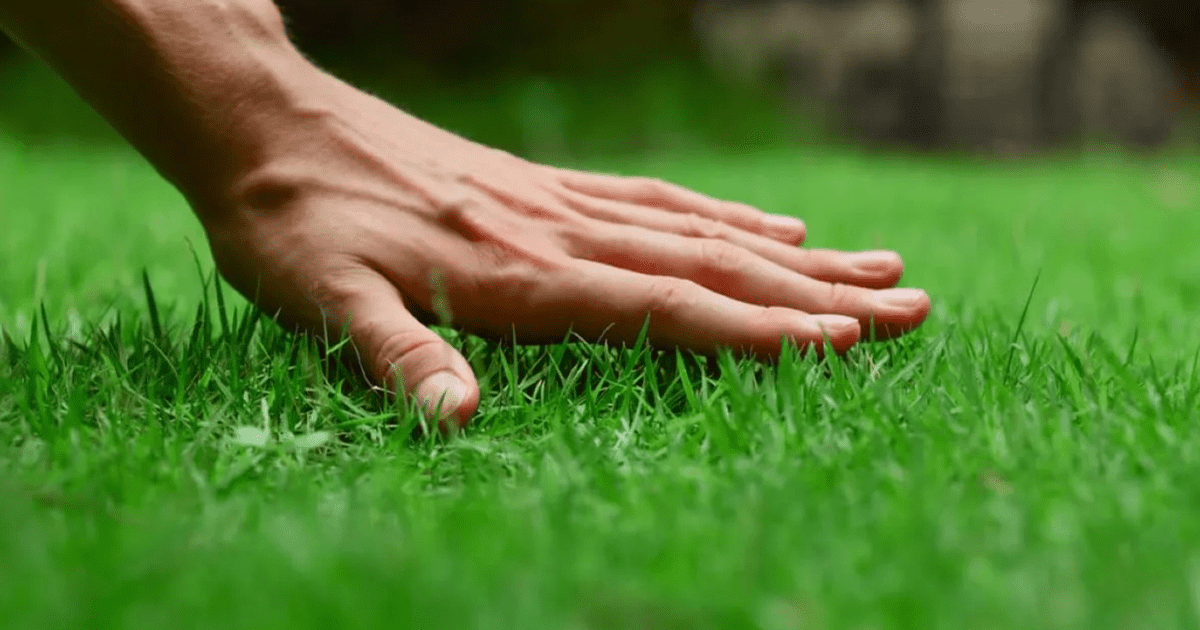

0 thoughts on “Why Did My St. Augustine Grass Die”